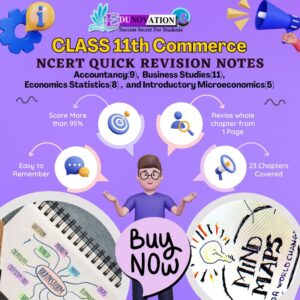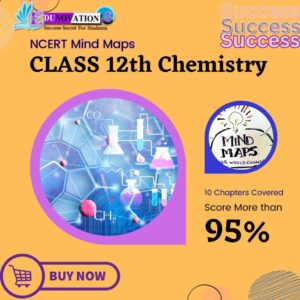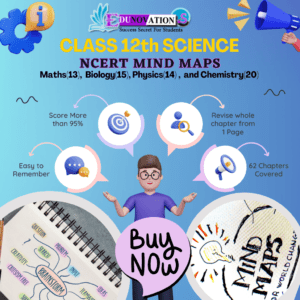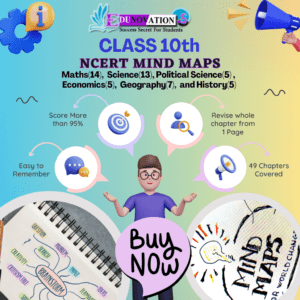Discover how a transformative skills enhancement programme for visually challenged students is reshaping education with tech training, English fluency, and inclusive outreach.
In a world driven by technology and communication, skills enhancement programme for visually challenged students have emerged as powerful agents of transformation. At the heart of such change is an initiative that recently took place at the Meenakshamma Inclusive Development Centre in Anantapur, where a team of dedicated volunteers and educators from Sri Sathya Sai Institute of Higher Learning (SSSIHL) conducted a life-changing month-long outreach programme.
This initiative went beyond traditional education. It gave visually impaired girls the tools they need to communicate, navigate digital environments, and envision a future of self-reliance. The program focused on equipping them with digital literacy and spoken English — two skills often taken for granted but which act as lifelines for inclusion in today’s fast-paced society.
The Program in Focus: Teaching Skills, Spreading Hope
The computer literacy training for visually impaired individuals was the cornerstone of the outreach. Designed to bridge the gap between accessibility and opportunity, the program introduced participants to basic computer operations through talkback technology training visually impaired users rely on. This training enabled students to interact with smartphones and desktop systems using assistive technologies, enhancing their confidence and digital competence.
In addition to technology, conversational English classes for visually impaired learners played a crucial role in the curriculum. These classes were conducted in engaging formats to ensure the learning process was both educational and empowering.
Key Components of the Program:
- TalkBack navigation on smartphones and PCs
- Introduction to Microsoft Word using screen readers
- Conversational and situational spoken English lessons
- Confidence-building sessions and interactive games
- Storytelling and personal development activities
Volunteers as Agents of Change
The outreach initiative, which could easily be a model for other regions, was led by volunteer-led inclusive development centre training sessions. A team of SSSIHL students and faculty participated actively in content development, delivery, and interaction with learners. This not only provided the volunteers with real-world experience in education and empathy, but also showcased the power of youth engagement in community service.
“Empowering these girls through assistive technology and language skills isn’t charity—it’s justice,” said Dr. Aruna Sharma, a former IAS officer and advocate for accessible education.
A Month-Long Journey to Independence
A notable feature of the month-long training for visually challenged girls was its progressive structure. Starting from foundational concepts, the course gradually increased in complexity, ensuring that no student felt left behind. Individual attention, adaptive pacing, and repetition helped reinforce learning.
Assistive technology outreach program Anantapur offered more than lessons — it offered possibilities. For many participants, it was their first hands-on experience with digital tools that could change their lives.
Meenakshamma Inclusive Development Centre: A Beacon of Accessibility
The venue itself, the Meenakshamma Inclusive Development Centre, is a reflection of inclusive values. With resources specifically designed for people with disabilities, the centre acted as the perfect hub for such an impactful initiative.
The program also emphasized sustainable follow-up training modules SSSIHL is known for. Plans are underway to conduct quarterly refresher programs and mentorship check-ins, ensuring that students can build on what they’ve learned.
Why This Matters: Building a Truly Inclusive Society
According to WHO, approximately 39 million people globally are blind, and over 285 million are visually impaired. In India, over 5 million fall into these categories. Despite this, less than 30% have access to inclusive digital education. Programs like this one act as a lighthouse, showing us what’s possible when we focus on skill development visually challenged students need most.
Toppers Use Mind Maps to score more than 95%
NCERT Class 11th Commerce Mind Maps
Add to cartOriginal price was: ₹999.00.₹199.00Current price is: ₹199.00.NCERT Class 12th Chemistry Mind Maps
Add to cartOriginal price was: ₹199.00.₹75.00Current price is: ₹75.00.NCERT Class 12th Commerce Mind Maps
Add to cartOriginal price was: ₹999.00.₹199.00Current price is: ₹199.00.NCERT Class 12th Science Mind Maps
Add to cartOriginal price was: ₹999.00.₹199.00Current price is: ₹199.00.NCERT Mind Maps For Class 10th
Add to cartOriginal price was: ₹999.00.₹199.00Current price is: ₹199.00.
Purchase Today
Additional Resources to Support Inclusive Learning
For readers or educators looking to support such inclusive education initiatives, we recommend the following resources:
- 📘 Free NCERT Course Materials
- 🧠 NCERT Mind Maps for Better Understanding
- 📰 Daily Current Affairs for Exams
- 📚 Download Notes on Key Topics
- ❓ Practice MCQs for Competitive Exams
- 📹 Video Lessons for All Classes
- 📝 Full Syllabus Guides
For school IT infrastructure and educational websites, visit Mart Ind Infotech — a leading provider in EdTech solutions.
Looking Forward: More Than a Programme, A Movement
While this inclusive community outreach Anantapur began with a simple goal — to educate — it has grown into something far larger. It represents the future of education in India: inclusive, volunteer-driven, and rooted in the belief that every student, regardless of ability, deserves a chance to thrive.
SSSIHL has not only empowered students but has created a replicable model for volunteer training impact on volunteers. With training modules, guidance, and a feedback loop, volunteers became learners themselves — learning empathy, patience, and leadership.
10 Frequently Asked Questions (FAQs)
1. What is a skills enhancement programme for visually challenged students?
A structured initiative that trains visually impaired learners in essential life skills like digital literacy and English communication.
2. How does computer literacy training for visually impaired students work?
It uses screen readers, TalkBack apps, and assistive keyboards to help students learn computer basics.
3. What is TalkBack technology training for visually impaired users?
It involves using audio prompts to help blind users navigate smartphones and computers independently.
4. How effective are conversational English classes for visually impaired students?
They build confidence and allow students to express themselves in daily and professional environments.
5. Where was the training conducted?
At the Meenakshamma Inclusive Development Centre in Anantapur, Andhra Pradesh.
6. Who conducted the training?
Students and faculty from Sri Sathya Sai Institute of Higher Learning (SSSIHL) led the volunteer-led inclusive development centre training.
7. What makes this a sustainable follow-up training model?
The programme includes periodic refresher sessions and continuous mentorship.
8. What age group does this training target?
Primarily adolescent and young adult girls with visual impairments.
9. Can such training programs be replicated in other regions?
Yes, especially in inclusive centres supported by local universities and NGOs.
10. Are there free resources available to complement this training?
Yes. Resources like Free NCERT PDFs and video lessons are available.














